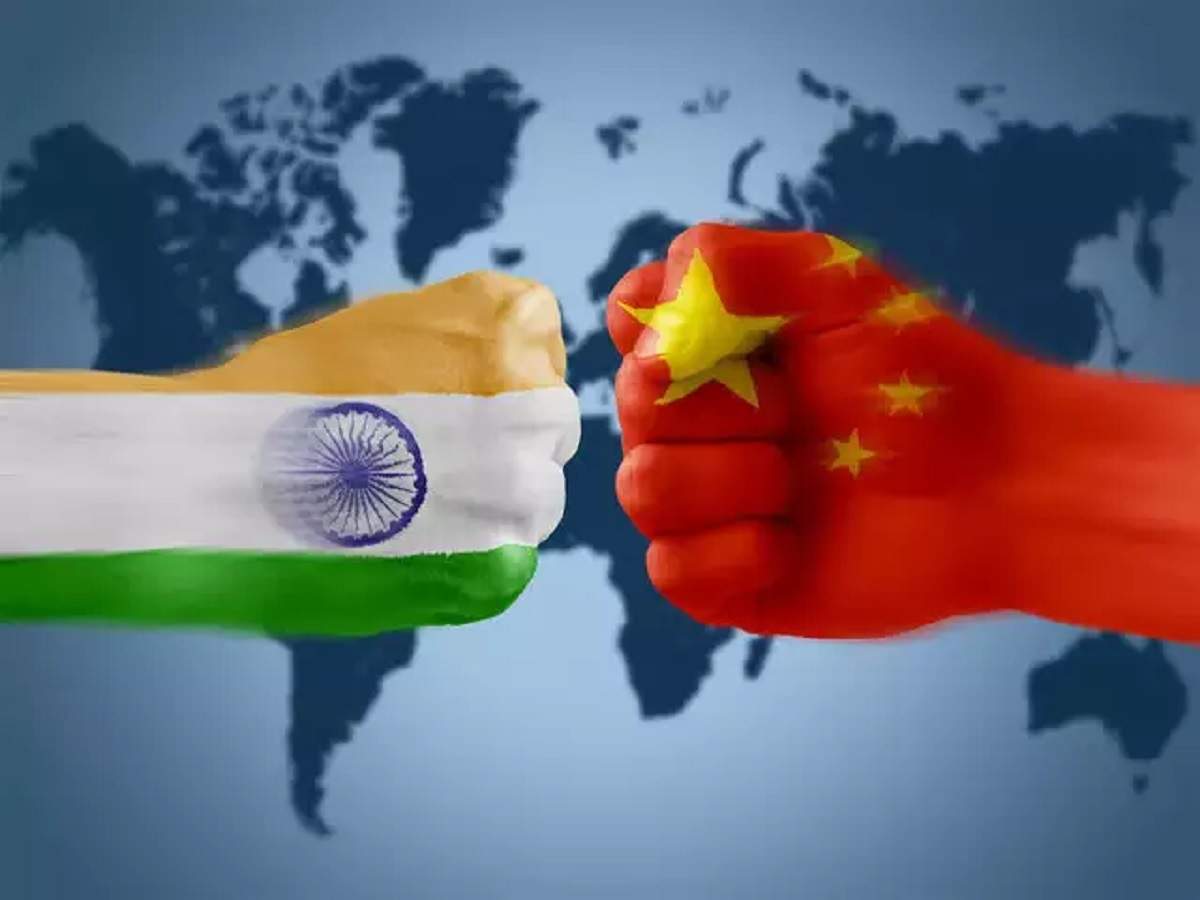There is worry within the councils of the Chinese Communist Party that India will replicate what the People’s Republic of China did in the 1980s and the 1990s by boosting its rate of growth to levels unprecedented in history for large populations. Paramount Leader Deng Xiaoping was the architect of reforms that were opposed by conservative elements within the CCP. Fortunately for him, the higher rungs of the ruling party in the PRC (some would say the only party) had been almost eliminated by the time Chairman Mao accepted the invite from the other world that he had spoken of to Henry Kissinger. Had the Great Proletarian Cultural Revolution (Mao’s term for the furies he unleashed in the 1960s) not taken place, it is unlikely that Deng would have been able to refashion the Chinese economy in the manner that he did. Conservatives anchored to the Soviet model would have stopped him from opening up the economy to external investment. Confident that the state had the resilience and the authority to ensure that its writ prevailed in the event of a clash with external investors, sector after sector was opened up to foreign companies. A flood of investment came, mostly from Taiwan, Japan and the US. Supply chains across the world began to replace existing suppliers with those located in the PRC. It helped that successive US Presidents from Nixon onwards took a tolerant approach towards the CCP, making themselves believe that the only surviving communist party of any size after the collapse of the Soviet Union in 1992 would morph into a version of the Scandinavian social democrat model. That this was not happening and was not going to happen was clear from events and policies, but the fiction of democratic evolution helped keep public opinion in check. Even as tens of millions of workers across the world lost their jobs because units moved to China, a steady patter of soothing analyses was evident in media in countries that were major investors in the PRC and important consumers of its products. Taiwanese companies vied with Japanese enterprises to invest in China, a country where the CEO of even a middle level enterprise would be given VIP treatment from arrival to departure in a manner designed to promote a sense that all was well and would remain so. In India, exclusive housing enclaves for Chinese staff came up in some centres, while several business houses began to specialise in shutting down lines of manufacture in India and replacing them with imports from China, at the cost of local jobs and income but to immense profits by such channels for PRC product lines.
The flood of imports from China has reached a level such that even traditional crafts from artisans who have for hundreds of years been trained in this by their families have been driven to penury. Indian crafts, including those marketed abroad, are increasingly being
Replace big stick with welcome mat
इस शब्द का अर्थ जानिये
- Advertisement -

